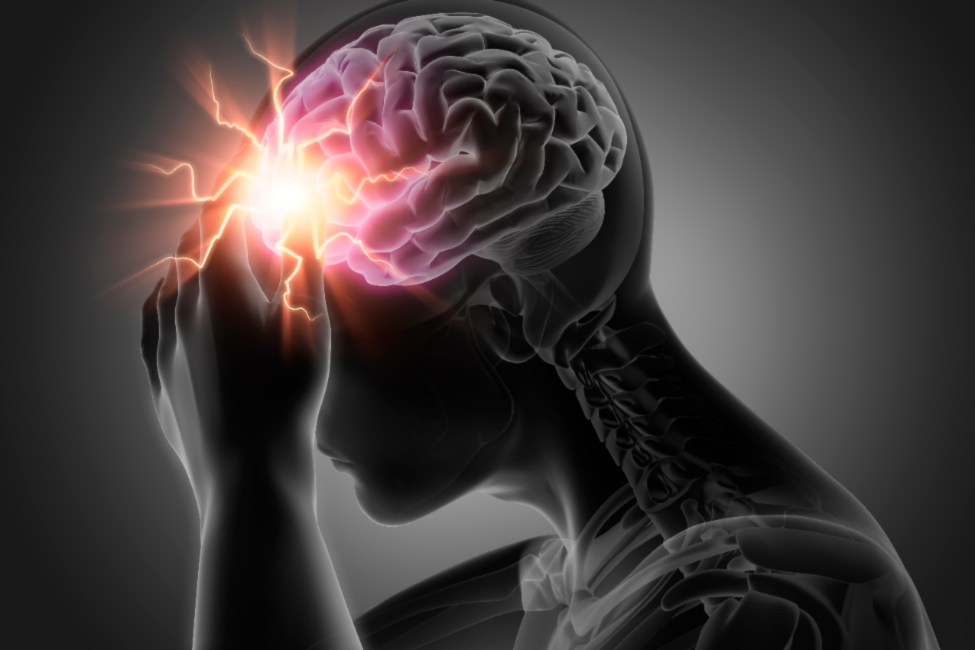
Some women are known to get migraines during menstruation due to lower levels of oestrogen, the key reproductive hormone.
A recent study published in Neurology, the medical journal of the American Academy of Neurology, identified that low levels of the sex hormone triggers a migraine-inducing protein, potentially opening up treatment possibilities for the debilitating pain.
The protein, calcitonin gene related peptide (CGRP), is one among the biomolecules involved in inflammation, pain, and wound-healing in a person. Several studies have identified CGRP as one of the causes of migraines.
“This elevated level of CGRP following hormonal fluctuations could help to explain why migraine attacks are more likely during menstruation and why migraine attacks gradually decline after menopause,” says study author Bianca Raffaelli, MD, of Charité – Universitätsmedizin Berlin in Germany in a statement.
Read more: Study reveals the link between migraine and poor sleep in menopause phases
The one-sided pain
The International Headache Society defines migraine as a splitting headache that lasts 4-72 hours, mostly occurring on one side of the head, and often accompanied by nausea and sensitivity to light.
The trigeminal nerve near the temples is the primary source of migraines. Its nerve fibres release CGRP, causing dilation of the brain’s blood vessels and inflammation. This inflammation switches on the pain pathways (nociception) resulting in the pain associated with migraines.
The lows and the highs
Previous studies have shown that oestrogen levels influence CGRP activity. The current study compared three groups of women who had episodic migraine (migraines that happen 1-14 times a month) with corresponding groups that did not have the condition. The first group had regular menstrual cycles, the second were on hormonal contraceptives and the third were in the post-menopausal stage.
The researchers analysed blood and tear samples of these women to check CGRP levels. They used tears as a sample as the trigeminal region is very close to the eyes and the CGRP molecules drain into the tear gland.
“The study also suggests that measuring CGRP levels through tear fluid is feasible and warrants further investigation, as accurate measurement in the blood is challenging,” Dr Raffeili says.
Researchers collected samples during menstruation (low oestrogen) and around ovulation (high oestrogen) from those with regular cycles. From the second group samples were taken at the time of contraception intake. Postmenopausal women were sampled randomly.
Read more: The sex divide in cluster headache severity: study
They observed that women who had migraines showed elevated levels of CGRP, both in blood and tears. These levels were high during menstruation when the oestrogen levels were low.
In the oral contraceptives and in post-menopause groups, the CGRP levels were similar in both the migraine and non-migraine groups.
Larger studies are needed to confirm these results, but the study inches closer to understanding the migraine process, says Dr Raffaelli.
Editor’s Note: The study authors declare that the participants of the study were cisgender women.

















